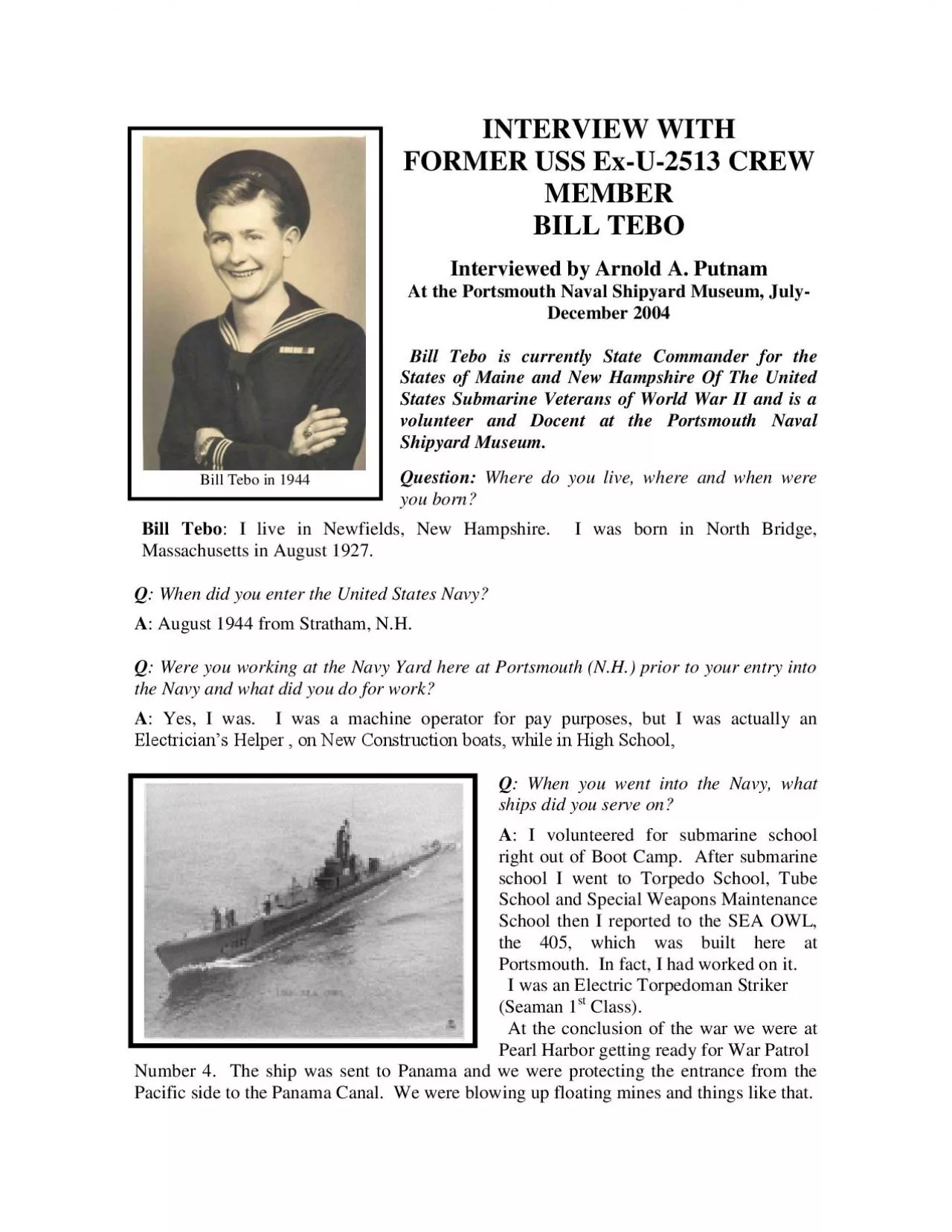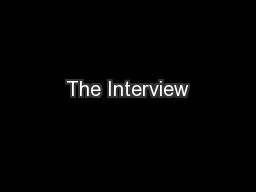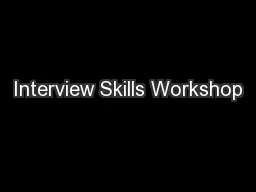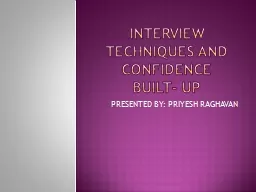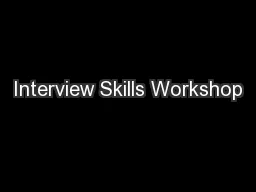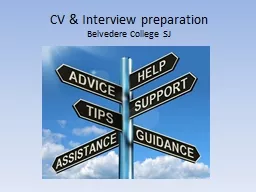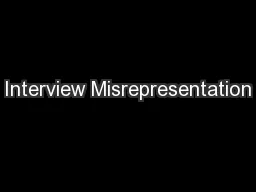PDF-INTERVIEW WITH
Author : paige | Published Date : 2021-09-01
FORMER USS ExU2513 CREW MEMBERBILL TEBOInterviewed by Arnold A PutnamAt the Portsmouth Naval Shipyard Museum JulyDecember 2004Bill Tebo is currently State Commander
Presentation Embed Code
Download Presentation
Download Presentation The PPT/PDF document "INTERVIEW WITH" is the property of its rightful owner. Permission is granted to download and print the materials on this website for personal, non-commercial use only, and to display it on your personal computer provided you do not modify the materials and that you retain all copyright notices contained in the materials. By downloading content from our website, you accept the terms of this agreement.
INTERVIEW WITH: Transcript
Download Rules Of Document
"INTERVIEW WITH"The content belongs to its owner. You may download and print it for personal use, without modification, and keep all copyright notices. By downloading, you agree to these terms.
Related Documents

